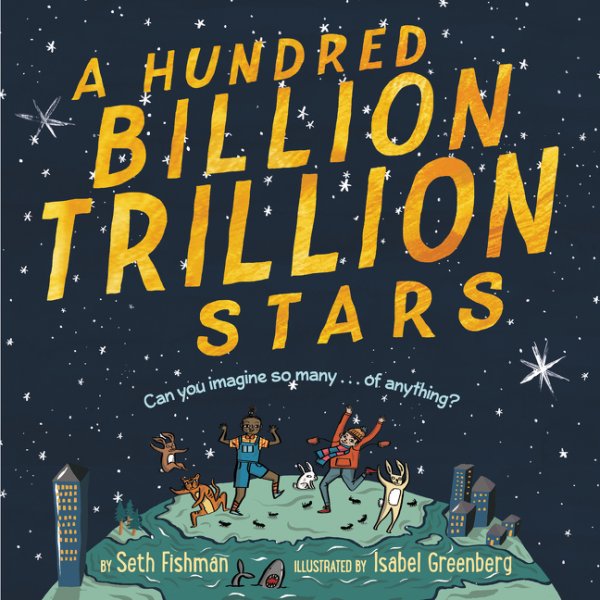


The Lost and the Damned covers the background material and Daemons for the other two major Chaos gods Tzeentch and Nurgle. For the Grand Theft Auto IV downloadable expansion, see Grand Theft Auto IV: The Lost and Damned. "The Lost and the Damned" redirects here. The link between the Warhammer and Warhammer 40,000 worlds is explicitly stated in the first pages of the book.

The Horus Heresy firmly locked the concept of chaos and demon influence in the SF universe of WH40K for good, establishing, as a consequence, that the "Realm of Chaos" was actually the Warpspace that interstellar farers had to traverse in order to defeat the relativistic distances involved in space voyage. The volume is also notable for having provided the first complete and coherent narrative of the Horus Heresy, an event which, albeit mentioned as the background justification of the internecine battles featured in the 1/300 scale boxed wargames Adeptus Titanicus and Space Marine, lacked a proper explanation in the WH40K milieu at large. It introduced the Imperium's Daemonhunters of the Ordo Malleus and their associated Space Marine chapter - the Grey Knights.
Number of warhammer books skin#
Other mutations were purely cosmetic, such as giving the mutant brightly coloured skin or eyes on stalks, whilst some mutations were clearly comical, such as one that gave the mutant a silly walk (possibly inspired by the Monty Python sketch The Ministry of Silly Walks) and even a mutation that bestowed the "gift" of uncontrollable flatulence. This included some mutations that were advantageous, such as those that made the mutant extra strong or taller, and those that confer a disadvantage, such as ones that made the mutant small, weak or stupid. To give flavour for the background and attributes of followers of Chaos it contained material such as a list of over 120 "Chaos Attributes" - mutations that the followers of Chaos were often afflicted by. It also features rules on the creation of Chaos Champions and their warbands, Daemon weapons, demonic possession and the Horus Heresy of WH40K. Slaves to Darkness features extensive descriptions of the gods Khorne and Slaanesh, complete with a pantheon of their Daemons and rules for including these in tabletop battles as demonic armies. The box also contains the magic spell cards and items for the army. The second version of Realm of Chaos was a boxed set released in 1995 covering all of the rules for the Chaos armies (Beastmen, Warriors, and Daemons) in Warhammer Fantasy. This was not the case for Slaves to Darkness.

The process in sketching and designing the cover for The Lost and the Damned was investigated within the volume. The cover art of Slaves to Darkness was painted by John Sibbick and The Lost and the Damned by Les Edwards. Both were written by Rick Priestley, Bryan Ansell, Mike Brunton and Simon Forrest although many more people contributed material, both writings and illustrations. Each of the two volumes describe the background and associated rules for a pair of antagonistic Chaos gods but each also had material that was germane to Chaos in general in the game settings. It consists of the 1988 book Slaves to Darkness and the 1990 follow-up The Lost and the Damned. The hardback books contain background material and rules for Warhammer Fantasy Roleplay (1st edition), Warhammer 40,000: Rogue Trader and Warhammer Fantasy Battle (3rd edition). The first version of Realm of Chaos is a two-volume publication by Games Workshop concerning the forces of Chaos.


 0 kommentar(er)
0 kommentar(er)
